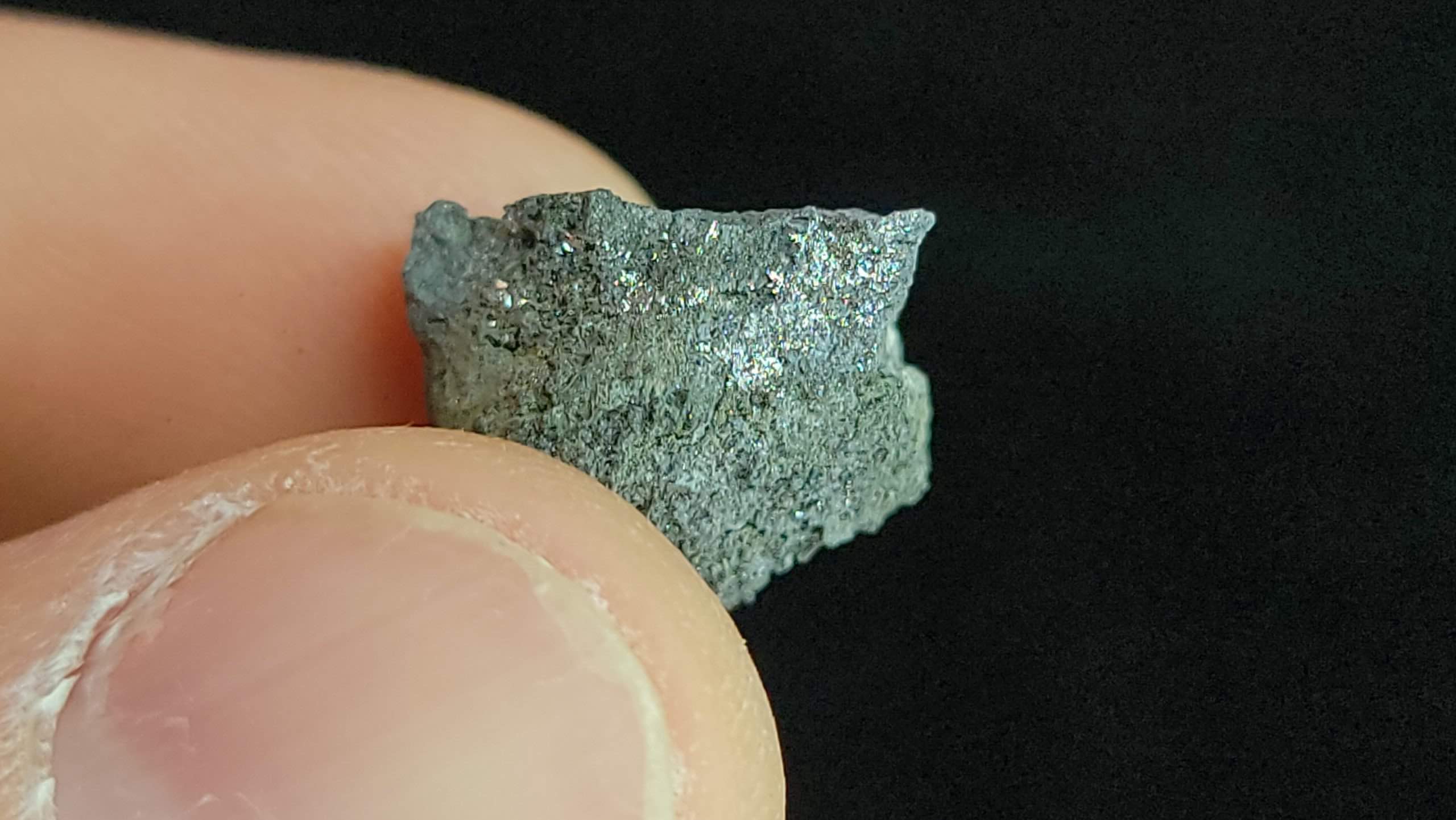
Rheniite is a rare mineral that has captured the interest of geologists and mineral enthusiasts alike. Found primarily in volcanic fumaroles, this mineral is composed of rhenium sulfide (ReS2). Rheniite is notable for its metallic luster and unique crystal structure, making it a subject of study for those interested in mineralogy and chemistry. Its rarity and the fact that rhenium itself is one of the rarest elements in the Earth's crust add to its allure. Rheniite was first discovered in the Kudriavy volcano on Iturup Island in Russia, which remains one of the few known locations where this mineral can be found. Whether you're a budding geologist or just curious about rare minerals, Rheniite offers a fascinating glimpse into the complexities of Earth's geological processes.
Key Takeaways:
- Rheniite is a rare mineral made of rhenium and sulfur, found in volcanic fumaroles. It has a metallic luster, high density, and is used to extract rhenium for aerospace and high-tech applications.
- Rheniite's rarity and unique properties make it highly sought after by collectors. Its discovery in the Kudriavy volcano was significant, as it was the first time rhenium was found in a natural mineral form.
What is Rheniite?
Rheniite is a rare mineral that has captured the interest of geologists and collectors alike. Found in specific locations around the world, it offers unique properties and fascinating characteristics.
- Rheniite is a rare sulfide mineral composed primarily of rhenium and sulfur.
- It was first discovered in 1994 in the Kudriavy volcano on Iturup Island, Russia.
- The mineral's chemical formula is ReS₂.
- Rheniite forms in volcanic fumaroles, which are openings in the Earth's crust that emit steam and gases.
- It is named after the element rhenium, which was itself named after the Rhine River in Europe.
- Rheniite is one of the few minerals that contain rhenium as a major component.
Physical Properties of Rheniite
Rheniite's physical properties make it a subject of study for mineralogists and geologists. These properties help in identifying and understanding the mineral better.
- Rheniite has a metallic luster, giving it a shiny, reflective appearance.
- Its color ranges from steel-gray to black.
- The mineral has a Mohs hardness of 4, making it relatively soft compared to other minerals.
- Rheniite has a specific gravity of 7.5, which is quite high and indicates its density.
- It forms in orthorhombic crystals, which means its crystal structure has three mutually perpendicular axes of different lengths.
- The mineral is opaque, meaning light does not pass through it.
Chemical Composition and Formation
Understanding the chemical composition and formation of Rheniite provides insights into its origins and the conditions under which it forms.
- Rheniite is composed of 74.6% rhenium and 25.4% sulfur by weight.
- It forms in high-temperature environments, typically above 500°C.
- The mineral is often associated with other sulfide minerals like molybdenite and pyrite.
- Rheniite can also contain trace amounts of other elements such as iron and copper.
- It is typically found in volcanic fumaroles, where gases rich in rhenium and sulfur condense to form the mineral.
- The presence of rheniite indicates a high concentration of rhenium in the volcanic gases.
Uses and Applications of Rheniite
While rheniite itself is not widely used, the element rhenium has several important applications in various industries.
- Rhenium, extracted from rheniite, is used in high-temperature superalloys for jet engines.
- It is also used in the production of catalysts for refining petroleum.
- Rhenium's high melting point makes it valuable in the manufacture of thermocouples and electrical contacts.
- The element is used in the production of filaments for mass spectrometers.
- Rhenium is also utilized in the aerospace industry for rocket engines and other high-stress components.
- Despite its rarity, rhenium's unique properties make it indispensable in certain high-tech applications.
Interesting Facts about Rheniite
Rheniite has some intriguing aspects that make it a subject of fascination for both scientists and collectors.
- Rheniite is one of the few minerals named after an element.
- The mineral is so rare that it has only been found in a few locations worldwide.
- Rheniite's discovery in the Kudriavy volcano was significant because it was the first time rhenium was found in a natural mineral form.
- The mineral's rarity and unique properties make it highly sought after by mineral collectors.
- Rheniite samples are often studied to understand the geochemical processes in volcanic environments.
- The study of rheniite can provide insights into the behavior of rhenium in the Earth's crust and mantle.
The Fascinating World of Rheniite
Rheniite, a rare mineral, captivates with its unique properties and intriguing history. Found primarily in volcanic fumaroles, this mineral contains rhenium, a metal used in high-temperature superalloys and catalysts. Its rarity makes it a prized specimen for collectors and scientists alike.
Understanding rheniite's formation and applications highlights its importance in both geology and industry. From its discovery in the Kudriavy volcano to its role in advancing technology, rheniite stands out as a mineral of significant interest.
Whether you're a geology enthusiast or just curious about rare minerals, rheniite offers a glimpse into the complexities of our planet's natural resources. Its unique characteristics and applications make it a subject worth exploring further. Keep an eye out for this fascinating mineral, as it continues to play a crucial role in scientific advancements and industrial applications.
Frequently Asked Questions
Was this page helpful?
Our commitment to delivering trustworthy and engaging content is at the heart of what we do. Each fact on our site is contributed by real users like you, bringing a wealth of diverse insights and information. To ensure the highest standards of accuracy and reliability, our dedicated editors meticulously review each submission. This process guarantees that the facts we share are not only fascinating but also credible. Trust in our commitment to quality and authenticity as you explore and learn with us.
